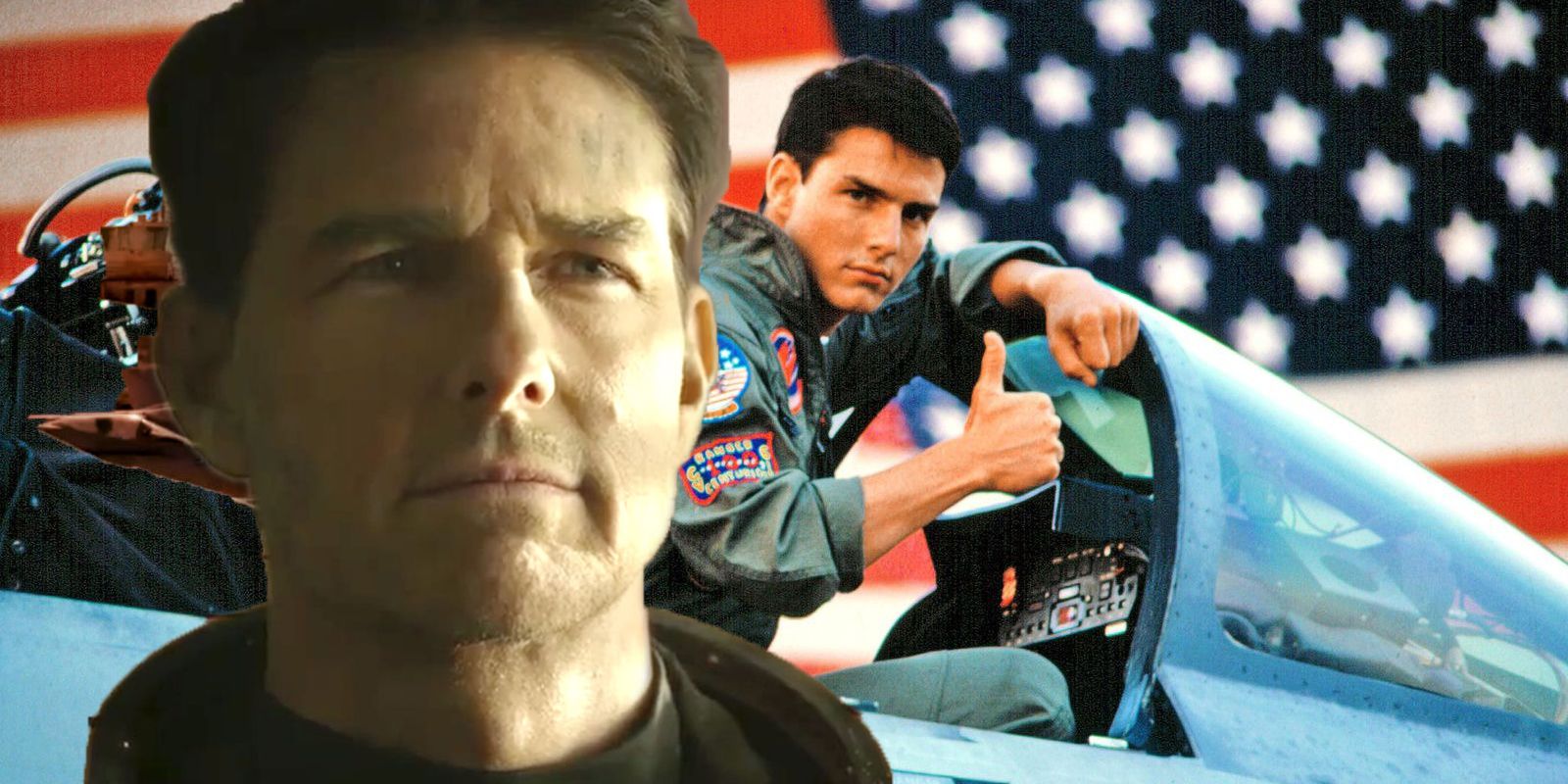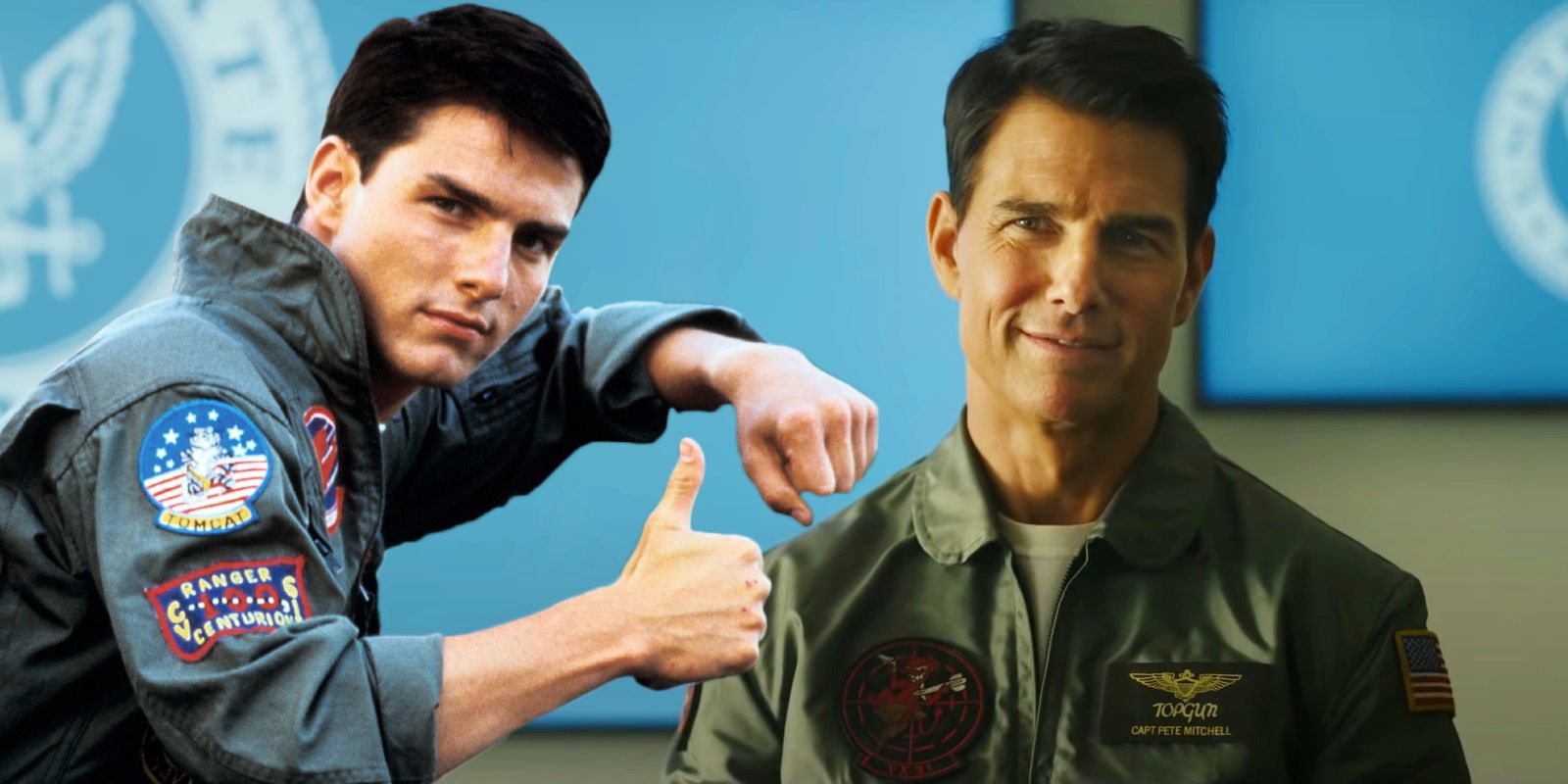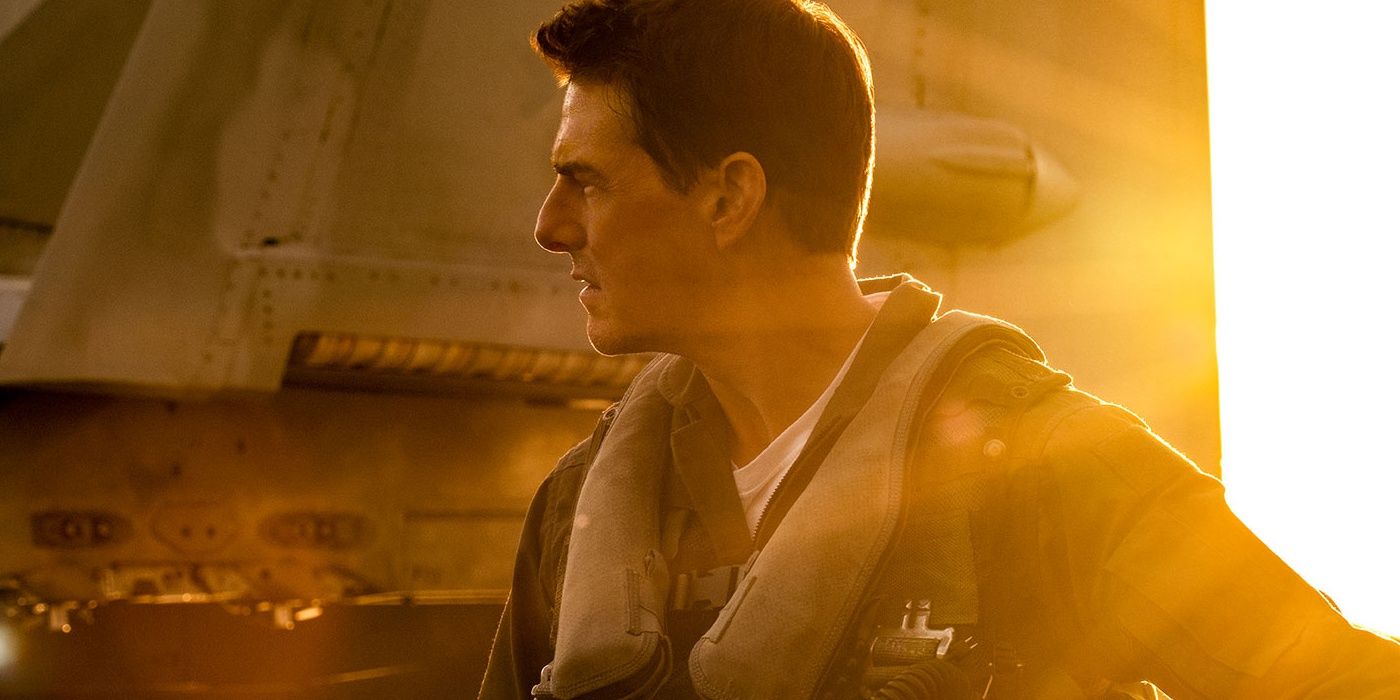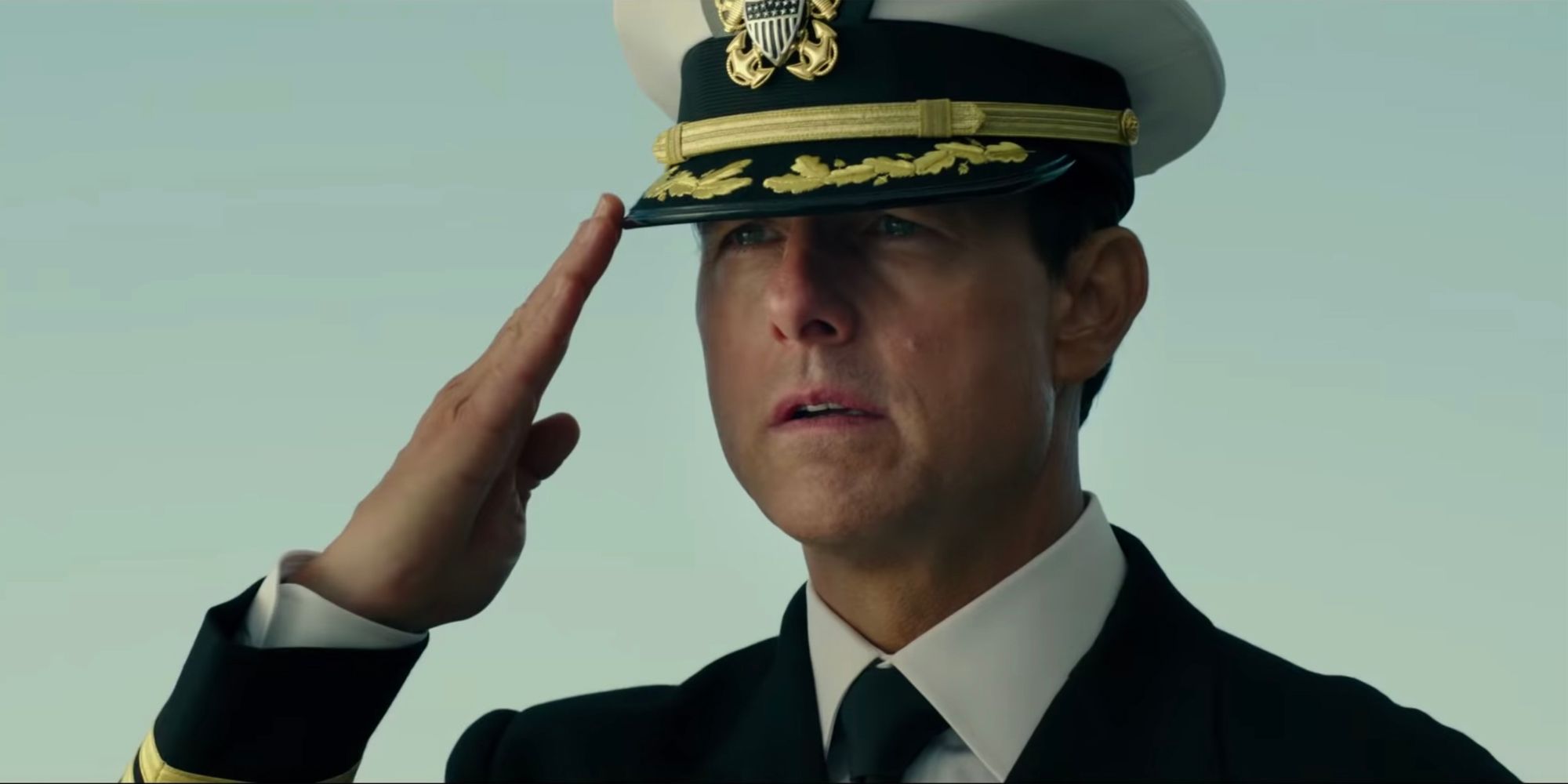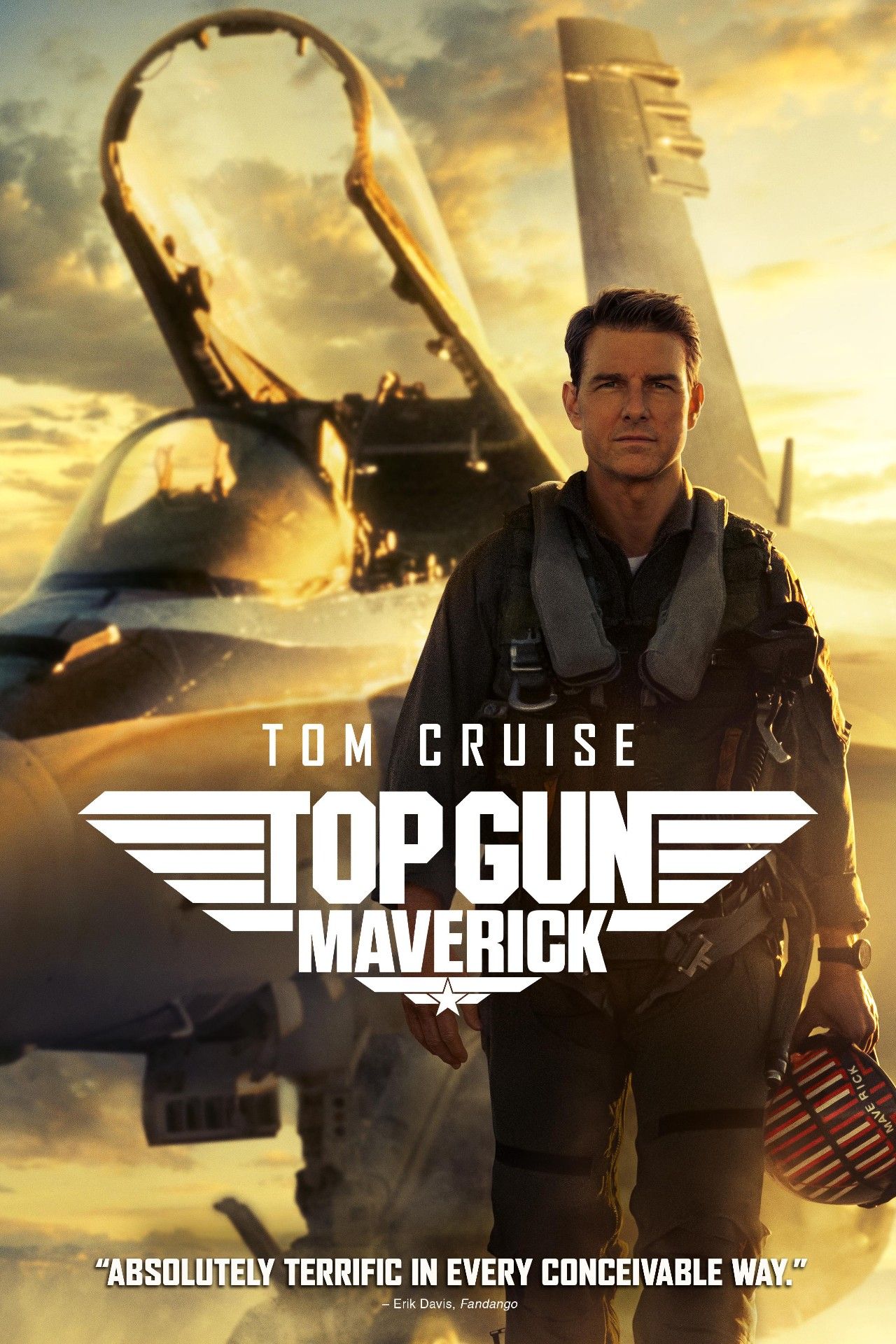Set three decades after the 1986 action classic Top Gun, Joseph Kosinski’s sequel Top Gun: Maverick must adapt to the new era and revise the original movie’s Cold War politics. Details of the plot are of course still under wraps, with the sequel delayed to December 2020 at the earliest. Though it has been confirmed that Tom Cruise and Val Kilmer will be reprising their roles as Pete ‘Maverick’ Mitchell and Tom ‘Iceman’ Kazansky and they will be joined by Miles Teller, Jennifer Connelly, Jon Hamm, Lewis Pullman and Glen Powell, little is known about Maverick's actual storyline.
The original movie was very much a product of Cold War-era politics, having been released a mere three years prior to the fall of the Berlin Wall in 1989, which would lead to the Soviet Union’s final collapse in 1991 and thus the end of the decades-long conflict between East and West. The political landscape has undergone drastic change since Top Gun’s release and thus its politics do not translate well to today.
Top Gun: Maverick must adapt to its new context if it is to do well at the box office or else risk becoming another failed sequel because it remained stuck in the past. The sequel has an opportunity to engage with any number of hot-button contemporary issues, such as the ethics of unmanned drone technology, US foreign engagement, or the so-called "War on Terror" to name but a few. Whether Maverick will embrace the brave new world of the 21st century or remain tied down by the original’s Cold-War American jingoism remains to be seen.
Top Gun Was a Cold War Film
Top Gun grounded its narrative and its action firmly in a pro-militaristic American point of view. It famously caused a significant uptick in applications to the United States Naval Academy, so entranced and adrenaline-fueled was the American public by the glamour and cool of TOPGUN’s trainees. The original movie makes perfect sense when viewed in its 1980s context: impressive and (mostly) bloodless action, a hero and poster-boy for Reagan-era machoism, and an unnamed, unambiguous enemy. The movie’s opening sequence, for instance, serves as a prime metaphor for Cold War politics: Maverick and radar intercept officer Goose (Anthony Edwards) are engaged in a dogfight with a hostile aircraft in restricted airspace; they chase the hostiles out without a single shot fired. Both parties show off and threaten force without taking action, until one side bows out to fight another day. After all, when Top Gun released, thirteen years had already passed since the last "hot" conflict – the Vietnam War.
It is also worth noting that the enemy is never named. Aside from a few conveniently placed red stars on the enemy planes and some mentions that “tensions are high!” the faraway threat these pilots are training to face off against is never explicit. There is no need to name the enemy - there is an understanding between the movie and the audience, despite Top Gun’s desperate avoidance of politics. Top Gun’s villains are America’s villains too. It is because of the film’s contextual specificity that the same political framework cannot also be used for Top Gun: Maverick, 34 years later.
Top Gun did well in the absence of true conflict. Today, with the better part of two decades of conflict behind it, Top Gun: Maverick would do best to avoid glamorizing war the way its predecessor did. The tactical, often secretive bombing of faraway countries is the stuff of news, not of blockbuster escapism. Likewise, 21st century warfare does not offer the clear-cut, good versus evil binary on which the Cold War took its stand. Contemporary wars are murky, endless, and mostly hidden away from the public; patriotism is regarded with caution, rather than celebrated.
Who Is the Enemy in Top Gun Maverick
How will Top Gun: Maverick reinvent itself? Movie producer David Ellison has said that Maverick’s plotline would be set in a world that “has not been explored. It is very much a world we live in today, where it’s drone technology and fifth generation fighters,” centering on “what the United States Navy is calling the last man-made fighter.” And though director Joseph Kosinski has been adamant that he “would never want to see a movie about drones” because “Top Gun has always been [...] about fighter pilots,” Ellison went on to explain that Maverick will explore “the end of an era of dogfighting and fighter pilots.” Though this runs counter to the movie trailer, which suggested ushering in the next generation of fighter pilots, - for instance, Miles Teller stars as Goose’s son, Rooster - it may well be that Maverick will be a last hurrah and farewell to an era of fighter pilots.
Though not very on-brand for Top Gun, the idea that fighter pilots are being ushered out by drone technology presents an opportunity for the sequel to be a reflective, nostalgic movie. An aging Maverick, stuck in the past and unwilling to move up the military ranks for fear of being confined to a desk job, is forced to reflect on his own obsolescence, both as a pilot and as someone being replaced by a brighter, younger generation.
More likely, however, is that Top Gun: Maverick will make the case for the continuing need of fighter jets and pilots. By leaning into contemporary debates around the ethics of drone technology, remote conflict, and the dangers of warfare depersonalization, Maverick could easily make the case that a good old-fashioned combat aviation still has its place in modern warfare, lest Americans forget what made them fall in love with the original.
How Top Gun Maverick Can Revise the Original’s Politics
There is enough continuity between Top Gun and Top Gun: Maverick that the sequel may not need to revise the original’s politics per se. With the presence of Cruise’s Maverick and Kilmer’s return as Iceman, with Goose’s son playing a central role, and with it all set within that same framework of a flight instructor teaching a new class of TOPGUN pilots, there is enough continuity for Maverick to abandon the original’s politics.
To revise Top Gun’s Cold War politics implies that the sequel would reflect upon, or make corrections to, the original movie’s political context. Maverick could just as easily discard politics and instead opt for an ahistorical approach, either by leaning into its protagonist’s personal journey and growth or by simply embracing its action romp status. Such an approach would turn Top Gun: Maverick into a simple action flick that is fun and cool for the sake of being fun and cool.

